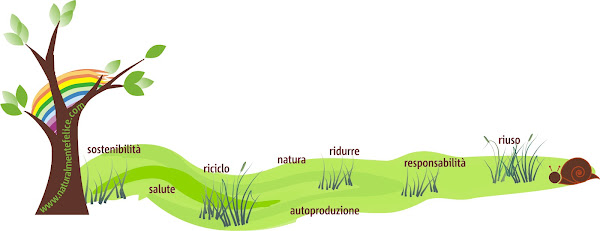Ho letto l'articolo di Simone Perotti su
Il fatto quotidiano e mi sento di approvare in pieno il suo invito alla vergogna!
A volte Simone sembra un pò sopra le righe, mi dico spesso che lo fa perchè non ha una famiglia e dei figli...ma stavolta mi sento di quotarlo in pieno.
Un pò è perchè,
ho guardato i telegiornali in tv e li ho trovati patetici.
Erano mesi che non seguivo notizie così idiote. Ma, veramente, ci pigliano per cretini?
La crisi c'è e si vede. C'è l'incertezza del futuro. C'è il centesimo nel portafogli.
Ma a Natale, evidentemente, MIRACOLOSAMENTE, questa crisi, è sparita.
Il peggiore Natale per i negozianti di ogni categoria...ma il pesce e la carne non sono mancati sulle tavole di nessuno. E un terzo è finito
dalla tavola alla pattumiera.
E i negozi di giocattoli erano stracolmi di gente che ha comprato qualunque cosa. E la metà di quei giochi verrà gettata o donata nel giro di un paio di mesi.
Ma perchè non sappiamo diventare dei consumatori intelligenti?
Perchè abbiamo la smania dell'accumulo?
Perchè guardiamo all'apparenza...alla quantità e non alla qualità.
Ci vuole tempo per fare le cose in maniera consapevole.
Ma se c'è la crisi perchè non provare a cambiare? se c'è un'alternativa perchè non sfruttarla?
Autoprodurre per uscire dal buco nero dello shopping compulsivo (entri in un supermercato per acquistare il latte e ne esce con una busta piena di cibo inutile),
differenziare i rifiuti (per capire quanto cibo sprechiamo),
fare decluttering (per capire quanta roba inutile abbiamo prima di acquiatarne altra) sono già 3 soluzioni valide. E poi la
riscoperta del baratto se vogliamo far fruttare il nostro inutile scambiandolo con qualcosa di utile.
Cominciamo da qui.
Mariaelena
I read the article by Simone Perotti on Il fatto quotidiano and I feel to approve his thoughts and his invitation to feel shame!
Often Simone seems over the top, but probably it is because he has no family nor children…but this time I agree to quote him.
One reason is because I saw the news on TV and I found them pathetic.
I hadn’t seen the news in months and only now do I realize how many silly news they give. Do they really think that we are stupid?
The economic crisis is here and we can tell. There is a lot of uncertainty about the future. We even keep the cent in our wallets!
But strangely enough Christmas, has miraculously made this crisis disappear.
This has been the worst Christmas for shop owners of all categories…but fish and meat were at the table and a third ended up in the trash as waste!
Toy shop were dull of people which bought all sorts of toys. Half of these toys will then be given to others or thrown away after a couple of months.
But why don’t we know how to be intelligent consumers?
Why do we have to accumulate things?
Why do we look at appearance…at quantity and not at quality?
One needs time to be aware.
But now there is the crisis so why not try and change? If there is an alternative why not make the most of it?
Selfproduce to come out of the shopping mania (you enter a supermarket to buy milk and you come out with a bag full of useless food), seperate your waste (this way you will understand how mush food you waste), start decluttering (this way you will understand how many useless things you have before buying more) these are already 3 valid solutions. And finally discover swapping if we want to make our useless things become useful.
Lets start from here.


